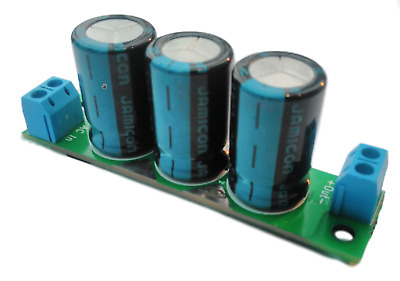OgreMike
Active Member
I have one DCC ready (two actually as it’s an F7A and B unit with both being motorized). I just ordered a couple of Digitrax decoders last night. The other loco is an old totally analog steamer unit which still runs fine on DC, but it’s definitely not a current day engine. It’s a relic from ages ago and deserves its place in a display case.


